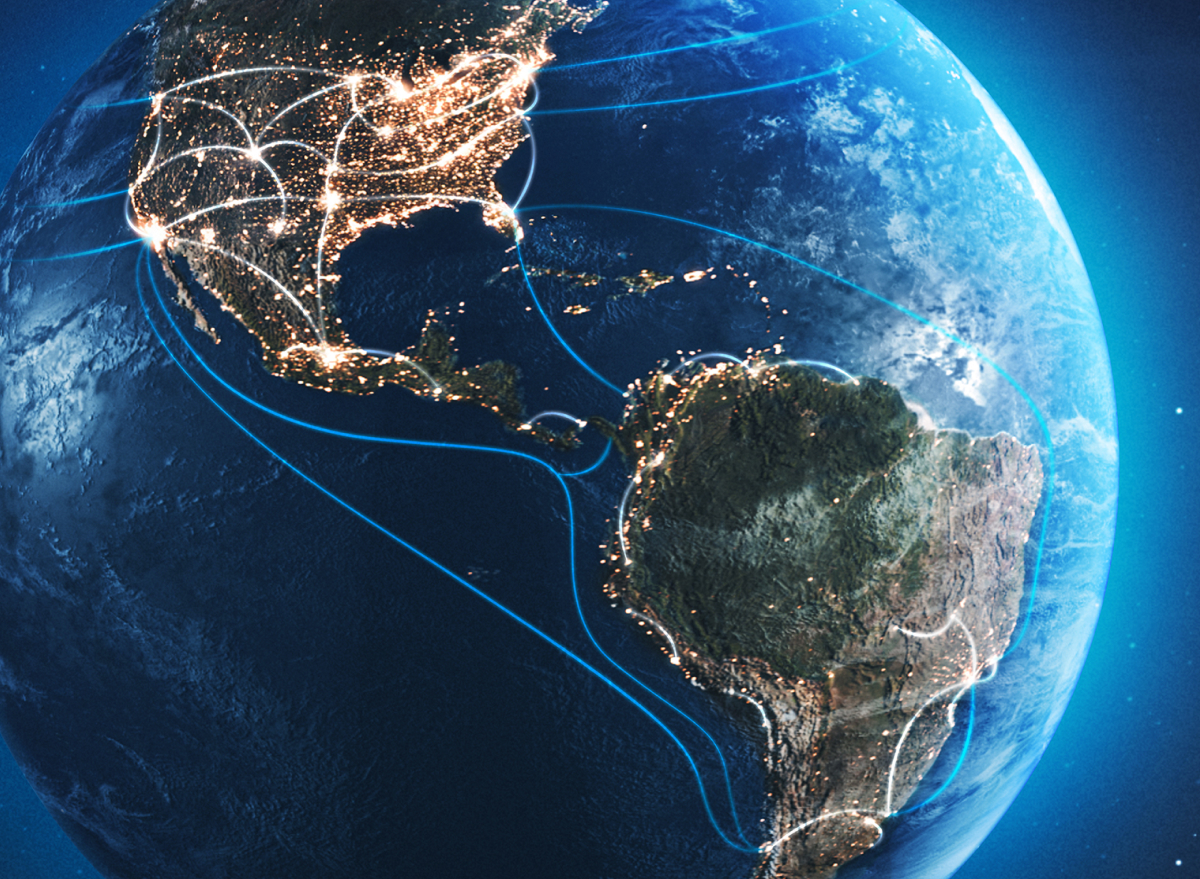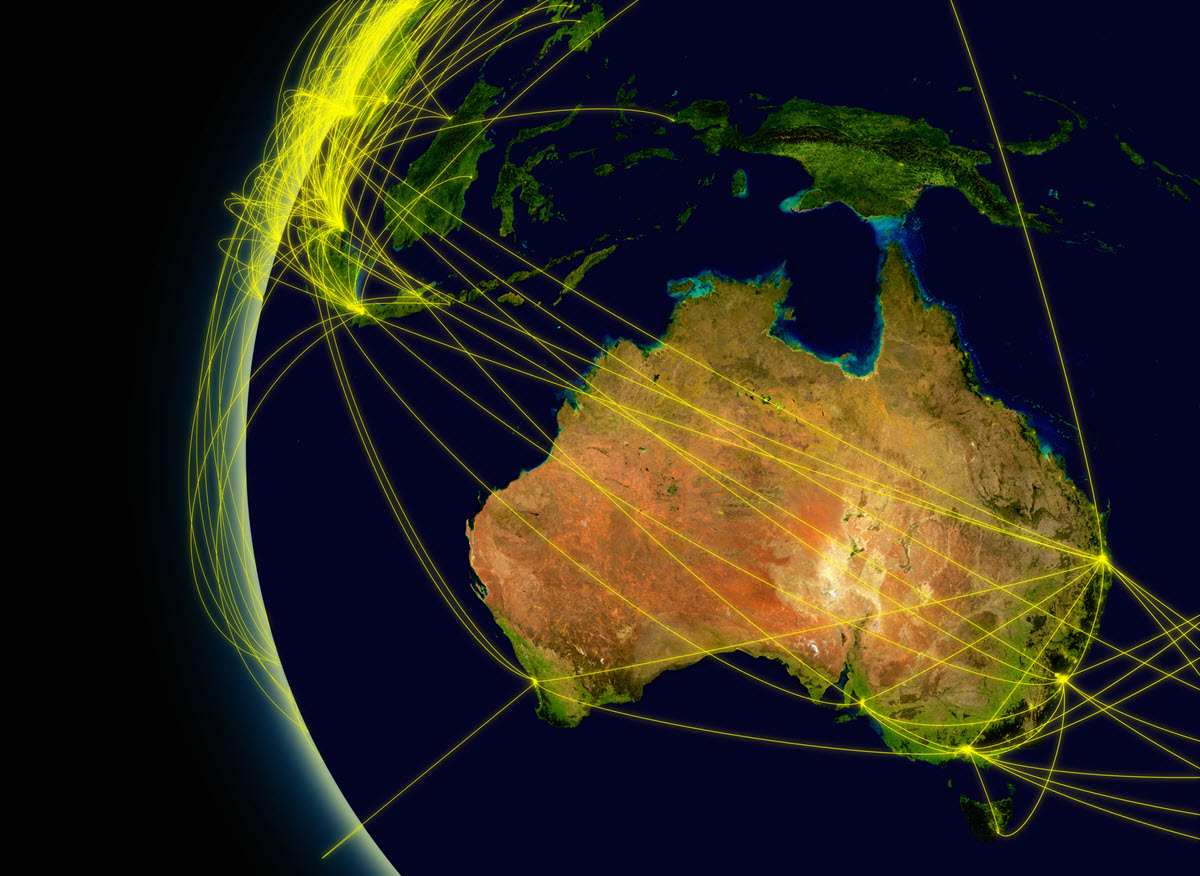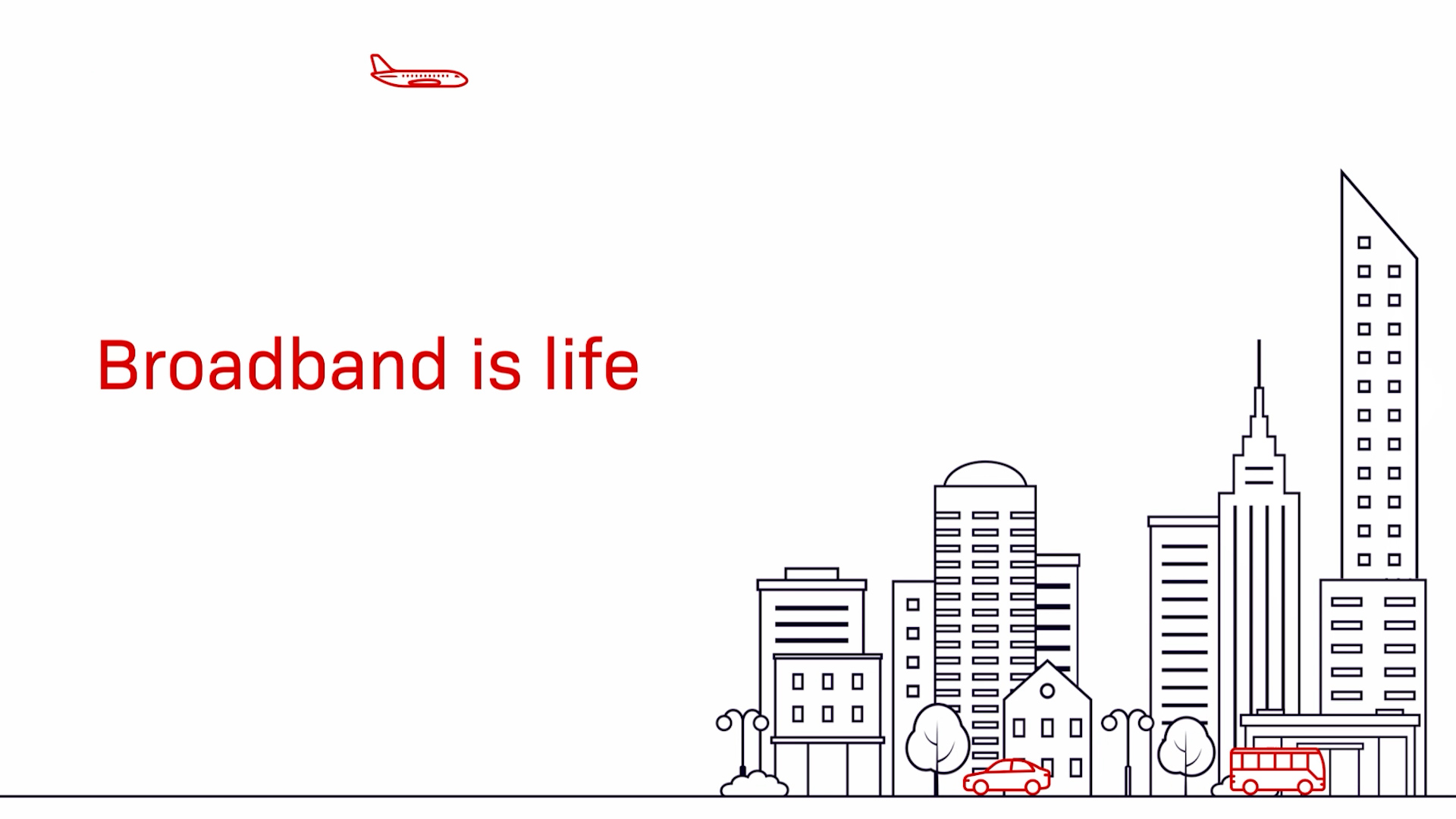Looking back at the 2021 network seascape
For several years, I’ve blogged about submarine networking technologies that I believed would be hot topics of discussion (and heated debates) in the coming year. Predictions for 2020 and 2021 talked about such technologies as Spatial Division Multiplexing (SDM), artificial intelligence, machine learning, deep learning, streaming telemetry, open submarine cables, and of course, operating and maintaining submarine networks in a pandemic world.
Several technologies discussed in past prediction blogs progressed from an idea to a proof of concept to a field trial and ultimately, a commercial deployment. For example, just a few years ago, Spatial Division Multiplexing (SDM) was an idea and has since evolved to commercial deployments, such as Google’s Dunant cable and the long 2Africa cable planned for next year that’ll be 37,000km long connecting Europe, the Middle East, and sixteen African countries. SDM cables will increase in popularity in 2022 and beyond.
This year, I thought I’d look back rather than forward given much has happened in 2021, even as the global pandemic swept across our planet, and stubbornly continues to do so this year, at least early on.
The ongoing global pandemic
Unfortunately, for many reasons well beyond the scope of this bog, the global pandemic remains a major global challenge meaning how we deploy, use, manage, and maintain network infrastructure – over land, sea, and cloud – took on an even higher level of critical importance in 2021. Without a global network, our world would be a very different place with even more severe socioeconomic challenges than we face today.
According to TeleGeography, the global forecasted CAGR for traffic between intercontinental submarine corridors for the coming years is about 36%. TeleGeography confirmed an implied COVID-19 “acceleration effect” of 8% in 2020, as people around the world engaged in the biggest work-from-home experiment to date, as well as being forced to play and learn at home. What the “new normal” will eventually look like remains to be seen, but according to TeleGeography, initial evidence suggests that the spike in the rate of traffic growth experienced in 2020 was a one-time event that has largely returned to more traditional growth rates. Many operators believe they no longer see the pandemic leading to upward adjustments to their demand forecasts. We’ll see how this plays out in 2022, as the pandemic has proven to be unpredictable.
The rise of the African continent
Africa is the 2nd largest continent covering 20% of our planet’s landmass making it bigger than China, India, the contiguous U.S., and most of Europe – combined. The African continent is also the home to 1.4 billion people, speaking over 2000 languages, making it the 2nd most populous continent. This population is also the youngest, with a median age of just 19.7 years in 2020.
Africa is also the least connected continent on earth. Together, these realities result in a significant network opportunity in the region, which didn’t go unnoticed in 2021. Several new data centers and submarine cables are planned in and around the African continent, such as Dunant and 2Africa, mentioned above, as well as Equiano connecting Europe to South Africa. There are also ongoing upgrades to the many existing cables already circling the continent with branches to several coastal nations. There are two webinars you can listen to that delve into the African opportunity and how MainOne and Angola Cables are addressing reginal and international growth to help close the Digital Divide, even more critical in a pandemic world.
Standardization of Open Cables
Open Cables allow submarine cable operators to choose a wet pant from one vendor and their Submarine Line Terminal Equipment (SLTE) from one of more vendors. This allows operators to choose the best SLTE at the time that they need it, leverage a broader and thus more secure vendor supply chain, promote increased innovation across vendors due to increased choice, and so on. However, this multi-vendor business model led to interop complexities between competitors. Although we’ve worked in a quasi-open cable model for years, the introduction of the ITU-T G.977.1 offers standardization of Open Cables that further accelerated Open Cables in 2021 and will continue to do so this year, and well into the future.
Ciena is a firm believer in Open Cables and the benefits provided. As such, we created a Submarine Networking Handbook Bundle explaining what Open Cables are, how to manage them, and how to perform link engineering. This wealth of knowledge eases challenges associated with multi-vendor best-in-breed submarine networks. As a bonus, the freely downloadable bundle also covers Spectrum Sharing as well.
Satellite and Submarine Cable Networks – Friends of Foes?
Much fanfare was (rightfully) paid to Low-Earth Orbit (LEO) satellite network constellation announcements and deployment in 2021, like Telesat’s Lightspeed, SpaceX’s Starlink, and Amazon’s Project Kuiper. Many people believe satellite networks, especially newer LEO satellite constellations, will directly compete with submarine cable networks. I was personally asked this question multiple times in 2021 (and 2020). So, is this belief a myth, a fact, or something in between? It’s a good question, given how smaller island nations are connected to the global network via because they lack a business case for a dedicated submarine cable landing. If you’d like to find out more, you can register for the free Ciena/TeleGeography “Satellite vs. Submarine Cables – Myth vs. Reality” webinar taking place on Thursday, January 13 at 11:00AM EST.
Looking into 2022
What will 2022 look like and how will submarine networks be affected by the stubborn pandemic? Time will tell if bandwidth growth has indeed stabilized to pre-pandemic levels. What we do know is that out of sheer necessity, cable operators had to increasingly provision, monitor, and maintain their networks remotely due to travel challenges and lockdowns. The importance of highly instrumented networks, streaming telemetry, and data-driven automation was experienced by operators around the world, which will continue into 2022. Just as many people now question having to work in a physical office rather than remotely, operators are questioning traditional manual-intensive operations. If there was one good thing that came out of the pandemic, it’s that the world was forced to accelerate Digital Transformation and the benefits provided.







